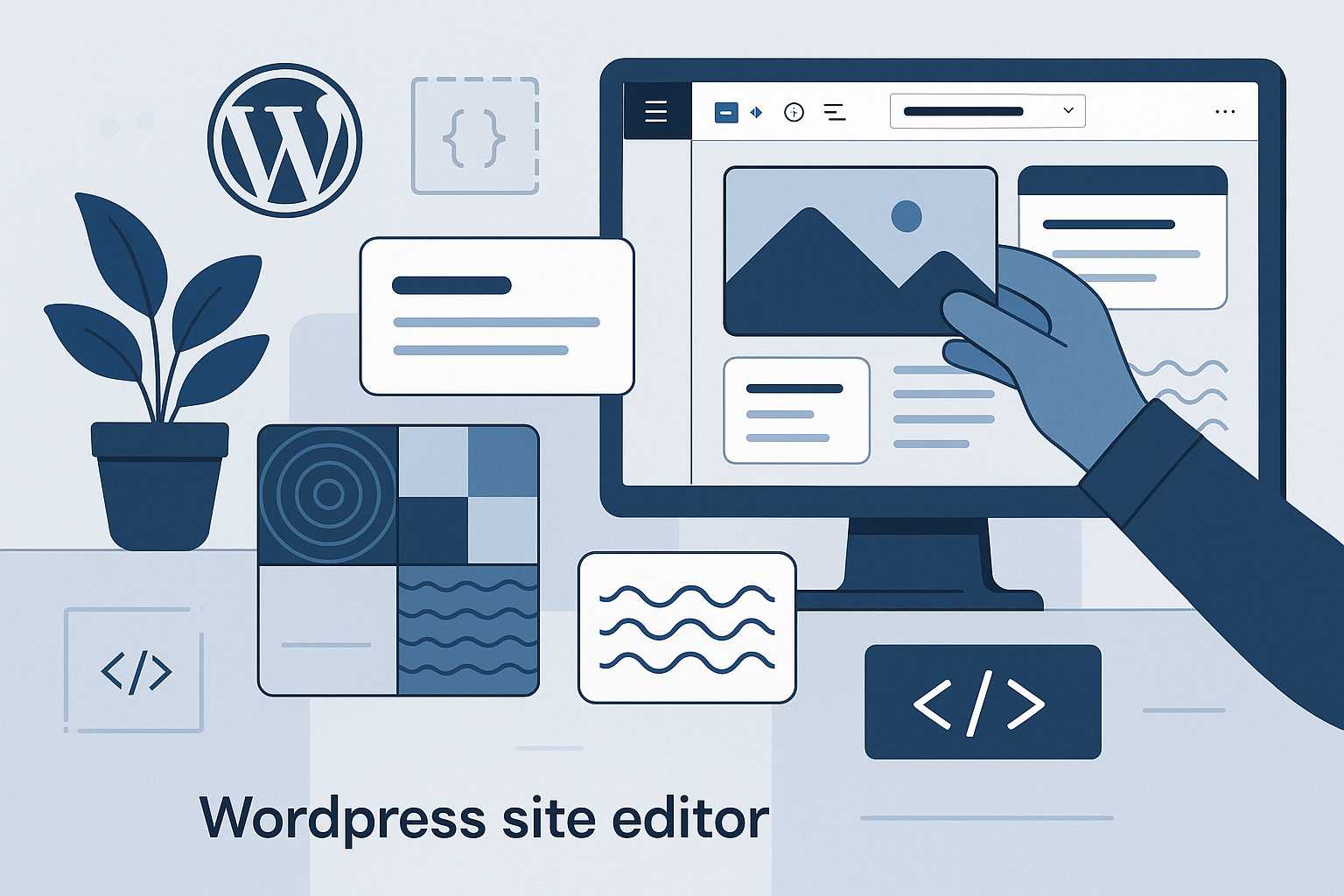With the advent of WordPress block themes and the site editor, the way we design and develop websites has fundamentally changed. As a WordPress developer, I’ve found that one of the most impactful features of block themes is the ability to create, manage, and reuse design patterns—modular sets of blocks that solve common layout and content challenges. In this article, I’ll guide you through understanding and implementing reusable patterns in WordPress block themes, helping you speed up your development workflow and achieve consistent design across your site.
What Are Patterns in Block Themes?
Patterns are predefined groups of blocks arranged together to form a specific layout or design. Think of them as templates you can insert into posts, pages, or templates on your site. Since the introduction of block themes, patterns have become even more powerful because they integrate seamlessly with the site editor and can be registered at the theme level.
Why Use Patterns?
- Consistency: Patterns ensure consistent presentation and layout across your content.
- Efficiency: Rapidly insert complex block groupings instead of building from scratch each time.
- Customization: Patterns can be tailored globally via the site editor or edited per instance.
Registering Custom Patterns in Your Theme
To add custom patterns, create a /patterns directory in your theme folder. Each pattern is defined by a PHP file containing block markup and optional metadata. For example, you might create hero-section.php:
<?php
/**
* Title: Hero Section
* Slug: mytheme/hero-section
* Categories: featured
*/
?>
<!-- wp:cover {"url":"/wp-content/uploads/hero-bg.jpg","dimRatio":60}
-->...
The metadata at the top allows WordPress to categorize and display your pattern in the inserter. You can use the block editor to visually craft the layout, then copy and paste its output into your pattern file.
Managing and Reusing Patterns
Once registered, your custom patterns appear in the "Patterns" tab of the block inserter in the site editor and post/page editor. Editors and content creators can easily search, preview, and insert them anywhere on the site.
You can also control pattern availability using Pattern Categories, making organization straightforward for larger teams or multisite configurations.
Tips for Effective Patterns
- Use Placeholders: Leave placeholder content (like "Heading here") to guide editors.
- Maintain Simplicity: The most widely used patterns are flexible and not overly complex.
- Document Patterns: Consider providing pattern usage notes within your style guide or theme documentation.
Conclusion
Reusable patterns are an essential tool in the modern WordPress developer’s toolkit. By embracing patterns in your block themes, you not only boost productivity but deliver a consistent, high-quality editorial experience for your clients or users. Experiment with patterns today and see how they streamline your development workflow!
For further reading, check out the WordPress Developer Docs on Block Patterns.


Leave a Reply